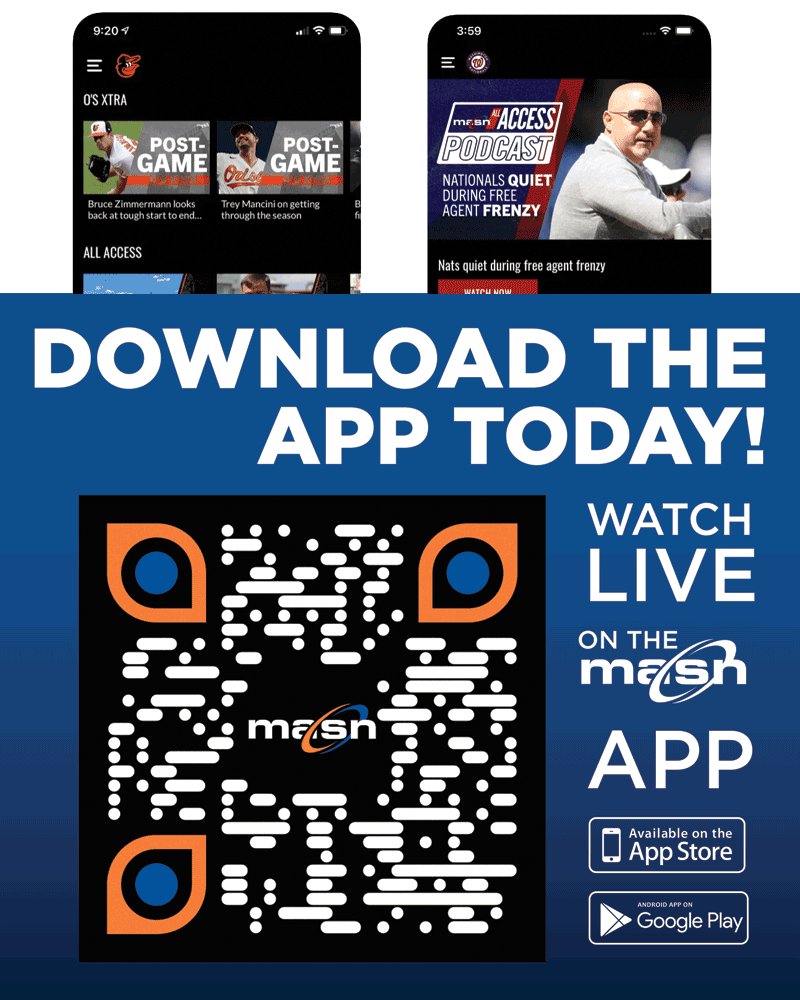Was Bell's in-season surge sustainable?
PLAYER REVIEW: JOSH BELL
Age on Opening Day 2026: 33
How acquired: Signed as free agent, January 2025
MLB service time: 9 years, 53 days
2025 salary: $6 million
Contract status: Free agent
2025 stats: 140 G, 533 PA, 468 AB, 54 R, 112 H, 17 2B, 1 3B, 22 HR, 63 RBI, 0 SB, 3 CS, 57 BB, 88 SO, .239 AVG, .326 OBP, .421 SLG, .747 OPS, 111 OPS+, -1 DRS, -4 OAA, 0.5 bWAR, 0.1 fWAR
Quotable: “I decided to bunker down and try to do what I needed to do to help this team win, which was drive the ball all over the baseball field and cut down on the strikeouts. It took me a couple months to really get going with that. I had some tough luck the first half. And then balls started falling for me, and then I started getting hot and then I started having power and average, which is the name of the game. Looking forward, I’m just going make contact paramount. If the power’s there, it’s there. If it’s not, at least I’ll have an average to hang my hat on.” – Josh Bell
2025 analysis: Bell fully understood why the Nationals brought him back last winter 2 1/2 years after trading him away: “I know the importance of what this team needs is slug,” he said on the day he signed his one-year deal to return. And he made it a priority to attempt to hit the ball hard in the air as much as possible, even if his batting average and strikeout rate suffered as a result.
They did suffer, and so did his slugging percentage. Through his first 45 games, Bell sported a ghastly .151/.254/.289 slash line, with six homers but only one double and 40 strikeouts. So he decided to give up that original game plan and go back to the approach that always worked for him throughout his career: Just hit the ball hard, without focusing on where it was being hit. And wouldn’t you know it, he turned his whole season around and rediscovered his power stroke in the process.
With three straight homers on three straight days during a late-May trip out West, Bell got hot. And he mostly sustained it throughout the season’s final four months. Over his final 95 games, he slashed a very healthy .282/.361/.484 with 16 doubles, 16 homers and only 48 strikeouts. It wasn’t enough to convince any contenders to deal for him at the trade deadline, but he was happy to play out the year in D.C., taking over daily first base duties after Nathaniel Lowe was cut loose and actually finished with above-average offensive numbers across the board despite his early struggles.
2026 outlook: Bell is a free agent once again, and on first glance he wouldn’t appear to fit into the Nationals’ future plans. We don’t know exactly how new president of baseball operations Paul Toboni wants to assemble a lineup, but he probably wants to prioritize defense more and he probably doesn’t want to saddle himself with a full-time designated hitter, preferring to keep that spot open for several others as part of a regular rotation.
But perhaps there is an argument for the Nats to consider bringing Bell back as part of that equation. Not as an everyday player, but as a part-time first baseman and part-time DH. He finished the year with an .805 OPS against right-handers (as opposed to .552 vs. lefties). And his defense, while hardly Gold Glove caliber, was better than Lowe’s work at first base.
Whether he returns or not, the real question facing Bell is whether the changes he made in late-May can carry over across an entire season. He’s always been streaky, especially early in the year, so there’s always going to be that question looming over him once he signs with somebody. But what he did do over the final four months shouldn’t be glossed over, either. He entered the season with a new approach, then upon realizing it wasn’t working switched to a different one and enjoyed legitimate success for the rest of the season. That light-bulb moment might have saved his career and offered real evidence he can continue to be a productive big league hitter for several more years before hanging them up.
